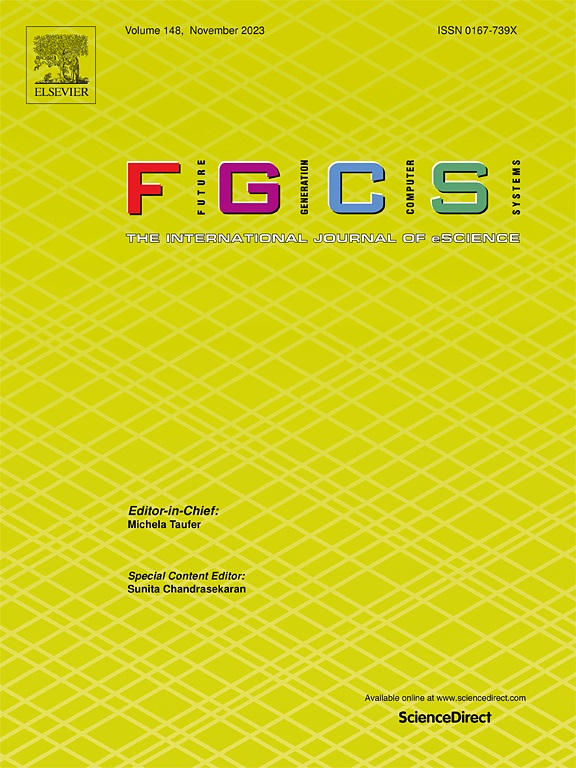GraphOpticon:一个全球性的主动水平自动扩展器,用于改善服务性能和资源消耗
IF 6.2
2区 计算机科学
Q1 COMPUTER SCIENCE, THEORY & METHODS
Future Generation Computer Systems-The International Journal of Escience
Pub Date : 2025-05-31
DOI:10.1016/j.future.2025.107926
引用次数: 0
摘要
分布式计算环境日益复杂,需要有效的资源管理策略来优化性能和最小化资源消耗。虽然主动水平自动伸缩会根据工作负载预测动态调整计算资源,但现有的方法主要关注于改善工作负载资源消耗,而往往忽略了自动伸缩系统本身带来的开销。这可能会对资源效率产生严重影响,因为许多先前的解决方案依赖于每个计算节点或pod组的多个预测模型,导致与自动缩放系统相关的大量资源消耗。为了解决这个问题,我们提出了GraphOpticon,这是一个新颖的主动水平自动缩放框架,它利用了基于时空图神经网络的单一全局预测模型。实验结果表明,GraphOpticon能够提供改进的服务性能和资源消耗(由所涉及的工作负载和自动缩放系统本身引起)。事实上,GraphOpticon的性能一直优于其他水平自动缩放解决方案,比如Kubernetes的水平Pod Autoscaler,在中位执行时间上提高了6.62%,在尾部延迟上提高了7.62%,在资源消耗上提高了6.77%。本文章由计算机程序翻译,如有差异,请以英文原文为准。
GraphOpticon: A Global proactive horizontal autoscaler for improved service performance & resource consumption
The increasing complexity of distributed computing environments necessitates efficient resource management strategies to optimize performance and minimize resource consumption. Although proactive horizontal autoscaling dynamically adjusts computational resources based on workload predictions, existing approaches primarily focus on improving workload resource consumption, often neglecting the overhead introduced by the autoscaling system itself. This could have dire ramifications on resource efficiency, since many prior solutions rely on multiple forecasting models per compute node or group of pods, leading to significant resource consumption associated with the autoscaling system. To address this, we propose GraphOpticon, a novel proactive horizontal autoscaling framework that leverages a singular global forecasting model based on Spatio-temporal Graph Neural Networks. The experimental results demonstrate that GraphOpticon is capable of providing improved service performance, and resource consumption (caused by the workloads involved and the autoscaling system itself). As a matter of fact, GraphOpticon manages to consistently outperform other contemporary horizontal autoscaling solutions, such as Kubernetes’ Horizontal Pod Autoscaler, with improvements of 6.62% in median execution time, 7.62% in tail latency, and 6.77% in resource consumption, among others.
求助全文
通过发布文献求助,成功后即可免费获取论文全文。
去求助
来源期刊
CiteScore
19.90
自引率
2.70%
发文量
376
审稿时长
10.6 months
期刊介绍:
Computing infrastructures and systems are constantly evolving, resulting in increasingly complex and collaborative scientific applications. To cope with these advancements, there is a growing need for collaborative tools that can effectively map, control, and execute these applications.
Furthermore, with the explosion of Big Data, there is a requirement for innovative methods and infrastructures to collect, analyze, and derive meaningful insights from the vast amount of data generated. This necessitates the integration of computational and storage capabilities, databases, sensors, and human collaboration.
Future Generation Computer Systems aims to pioneer advancements in distributed systems, collaborative environments, high-performance computing, and Big Data analytics. It strives to stay at the forefront of developments in grids, clouds, and the Internet of Things (IoT) to effectively address the challenges posed by these wide-area, fully distributed sensing and computing systems.

 求助内容:
求助内容: 应助结果提醒方式:
应助结果提醒方式:


